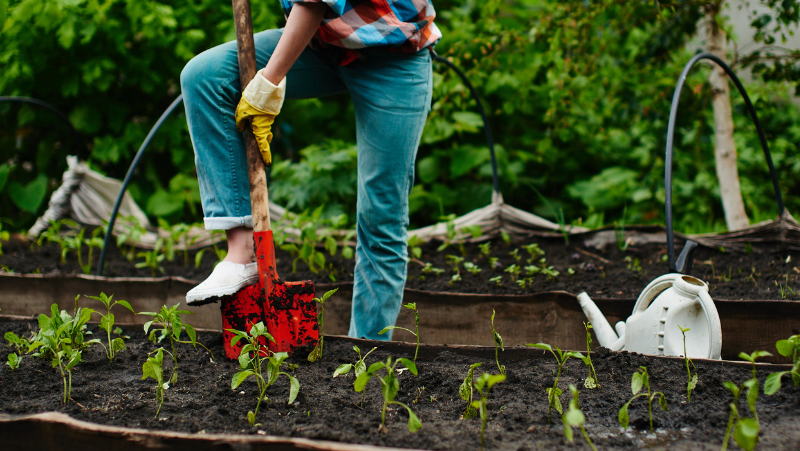Yates Account
Join now
Create a Yates account today!
Sign up to join the Yates Garden Club for monthly e-mails packed with seasonal inspiration, tips for success & exclusive promotions.
Plus if you’re a Garden Club member you can take part in the Yates Growing Community - a blog to share successes, get advice & win prizes in fun challenges along the way!

Forgot password
Enter the email address associated with your account, and we'll email you a new password.

How much and how often you water plants depends on the soil type of your garden, the kind of plants you grow, your general climate and the time of the year. Microclimatic factors, such as slope, aspect or exposure to wind, will also affect loss of water from plants and soil. It is difficult to lay down rules for watering, but there are a few general principles worth knowing.
Sandy soils generally need more frequent watering than clay soils, but less water should be applied each time. Whatever the soil type, do not let plants reach wilting point before you water again. Plants do not thrive on such ‘on and off’ treatment. Remember, a good soaking encourages deep rooting and soil stays moist for a long time. Light sprinkling, no matter how often you do it, encourages roots to stay at the surface. The subsoil gets drier and drier and becomes difficult to wet again without a lot of heavy soaking. Early morning or evening is considered the best time for watering, because evaporation rates are likely to be lower than in the middle of the day. In humid areas, however, evening watering over plants that are susceptible to fungal diseases will encourage such diseases to flourish, and therefore should be avoided. In the morning it is usually less windy, too, so the water spray goes where you want it. In very dry weather, morning watering may help pollination and seed-setting in some vegetables, particularly sweet corn and beans.
Mulching is a good way of conserving soil moisture, especially in summer. A mulch is any soil covering which protects surface roots and reduces evaporation. It also helps maintain an even soil temperature and discourages many weeds from growing.

The best mulches are loose materials that allow most rain or irrigation water to run through to the soil. They must also allow free access of air to soil and roots. The depth of the mulch should vary with its coarseness, from shallow for the finest to thicker for the coarsest (2–6 cm). Garden compost, leaf mould, dry lawn clippings, well-rotted animal manure, straw, tan and pine bark, lucerne hay and sawdust are common mulching materials. Do not dig mulches into the soil (especially bark materials and sawdust). All will eventually decompose naturally and become integrated with the topsoil. Mineral substances, stones, pebbles, gravel and sand are used as permanent mulches in gardens planted with trees and shrubs. Woven weed mats, too, are available by the metre from garden suppliers. These effectively suppress weeds while still allowing oxygen and moisture to penetrate the soil. In ornamental situations they need to be anchored in place and disguised by a more attractive layer of organic mulch.
Over-watering is wasteful because it washes out plant nutrients. A common mistake is to over-water in winter when plant growth rate is reduced (and in the case of deciduous shrubs and trees, the plants are dormant). Over-watering in winter often happens with summer-growing lawns like couch grass. If a plant is not growing actively, little or no water is needed.
Wet soil may also favour the spread of some fungal diseases, so it is best to keep mulch a few centimetres away from the stems of plants or the trunks of shrubs and trees. Such a moist area may encourage root rots to attack the plant at or near soil level.












Share
Share this article on social media